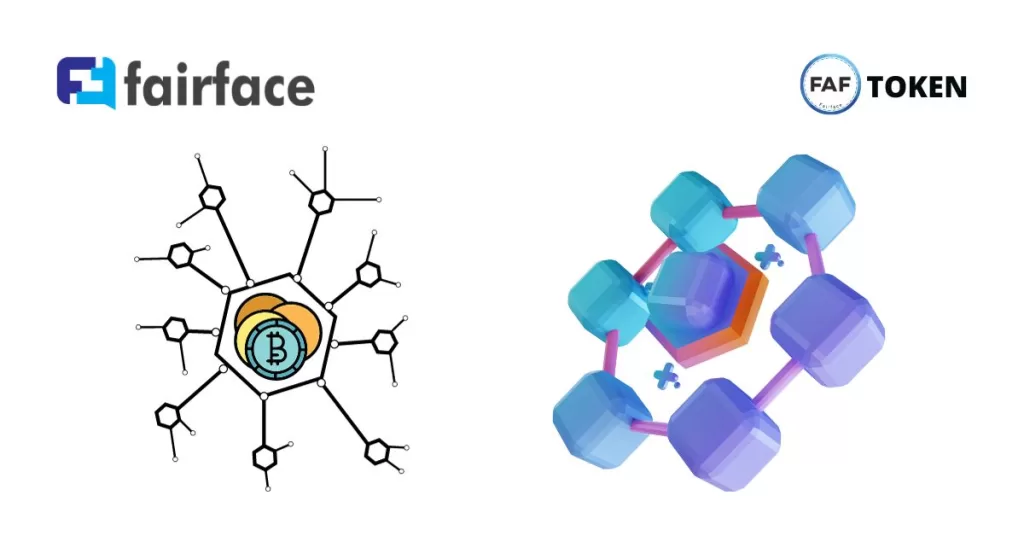When choosing a blockchain consensus mechanism, there are a number of factors to consider, including:
- Security: The consensus mechanism should be secure enough to prevent attacks from malicious actors.
- Scalability: The consensus mechanism should be able to handle a large number of transactions per second.
- Decentralization: The consensus mechanism should be decentralized, meaning that it is not controlled by a single entity or group of entities.
- Cost: The consensus mechanism should be relatively inexpensive to operate.
- Energy efficiency: The consensus mechanism should be energy efficient, meaning that it should not consume too much electricity.
- Fairness: The consensus mechanism should be fair, meaning that all participants have an equal chance of participating in the consensus process.
- Simplicity: The consensus mechanism should be simple enough to understand and implement.
- Maturity: The consensus mechanism should be mature and well-tested.
- Community support: The consensus mechanism should have a strong community of supporters who are committed to its development and success.
It is important to note that there is no single consensus mechanism that is perfect for all blockchains. The best consensus mechanism for a particular blockchain will depend on its specific needs and goals.
For example, a blockchain that is designed to support a large number of transactions per second, such as a payments network, will need a different consensus mechanism than a blockchain that is designed to be secure and resistant to censorship, such as a privacy-focused blockchain.
It is also important to note that consensus mechanisms are constantly evolving. New consensus mechanisms are being developed all the time, and existing consensus mechanisms are being improved.
Here are some examples of popular blockchain consensus mechanisms:
- Proof-of-work (PoW): PoW is the consensus mechanism used by Bitcoin. PoW requires miners to solve complex mathematical problems in order to validate blocks and earn rewards. PoW is very secure, but it is also very energy-intensive.
- Proof-of-stake (PoS): PoS is a consensus mechanism that does not require miners to solve complex mathematical problems. Instead, PoS validators stake their tokens to secure the network and earn rewards. PoS is less energy-intensive than PoW, but it is also less secure.
- Delegated proof-of-stake (DPoS): DPoS is a variation of PoS that delegates the consensus process to a small number of elected representatives. DPoS is very scalable and energy-efficient, but it is also less decentralized than PoS.
- Directed acyclic graph (DAG): DAG-based consensus mechanisms do not require blocks or miners. Instead, DAG-based consensus mechanisms use a directed acyclic graph to validate transactions. DAG-based consensus mechanisms are very scalable and energy-efficient, but they are still under development.
It is important to do your research before choosing a blockchain consensus mechanism. There are a number of factors to consider, and the best consensus mechanism for you will depend on your specific needs and goals.tunesharemore_vert

